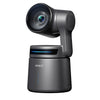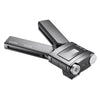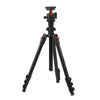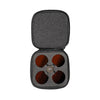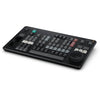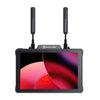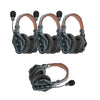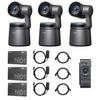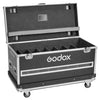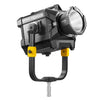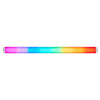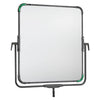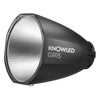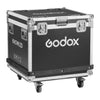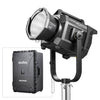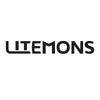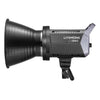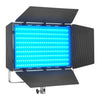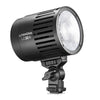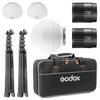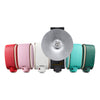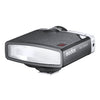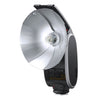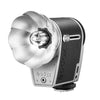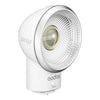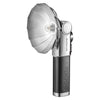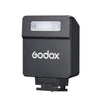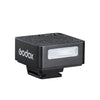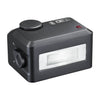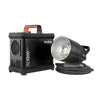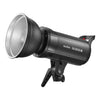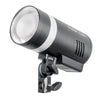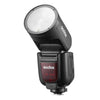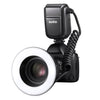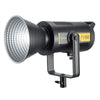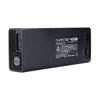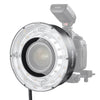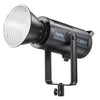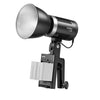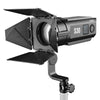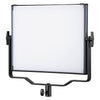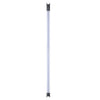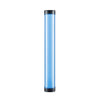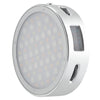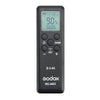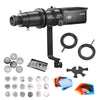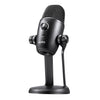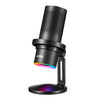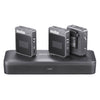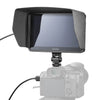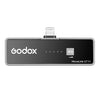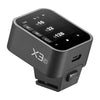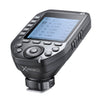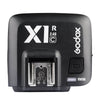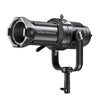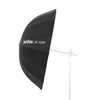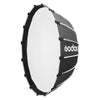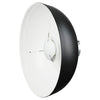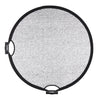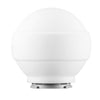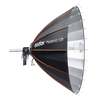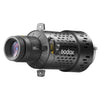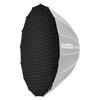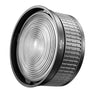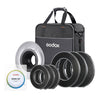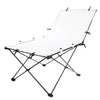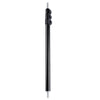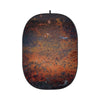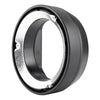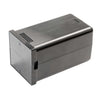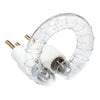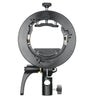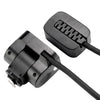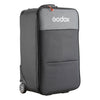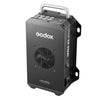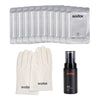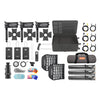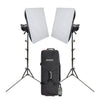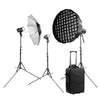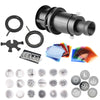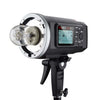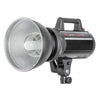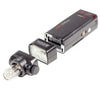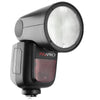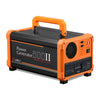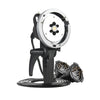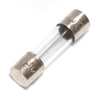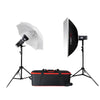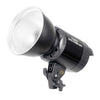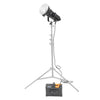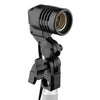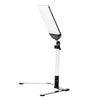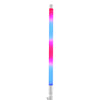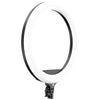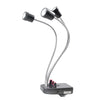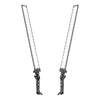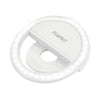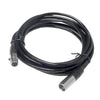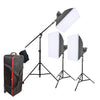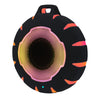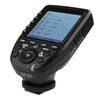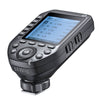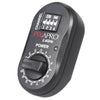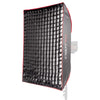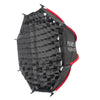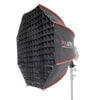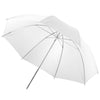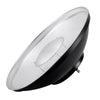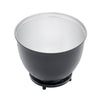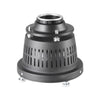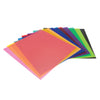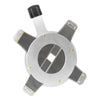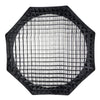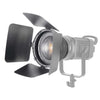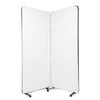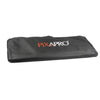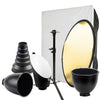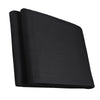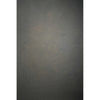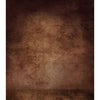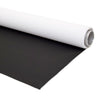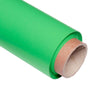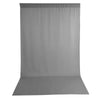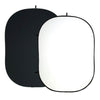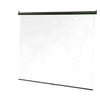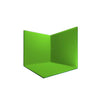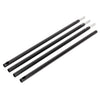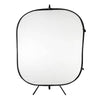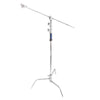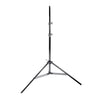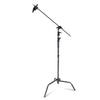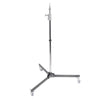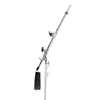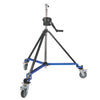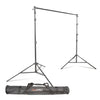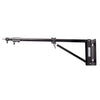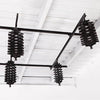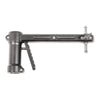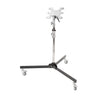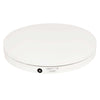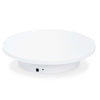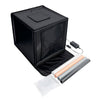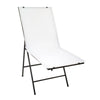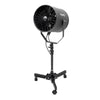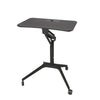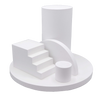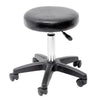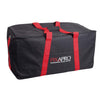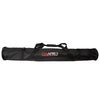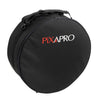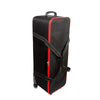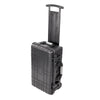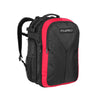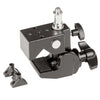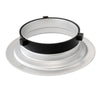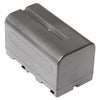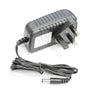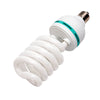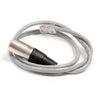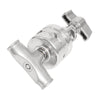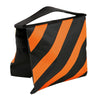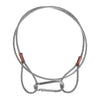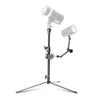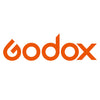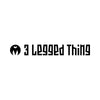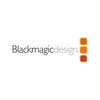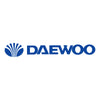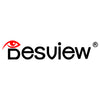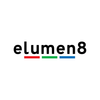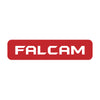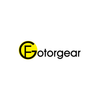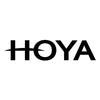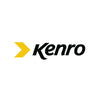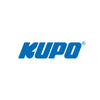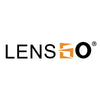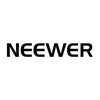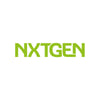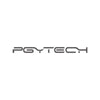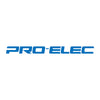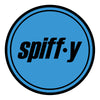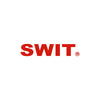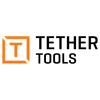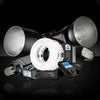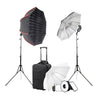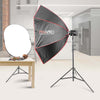CITI600 TTL vs CITI600 PRO vs ELB500 TTL
Battery Powered Flash is possibly the most commonly used lighting, due to its versatility and the ability to be used on locations once believed too difficult for Photography. In this Blog, we take a look at three different battery powered flash unit, the PiXAPRO CITI600 TTL, PiXAPRO CITI600 PRO and Elinchrom ELB 500 TTL, to see how these three lights compare against each other and which would be the best option for you.
Similarities
 |
 |
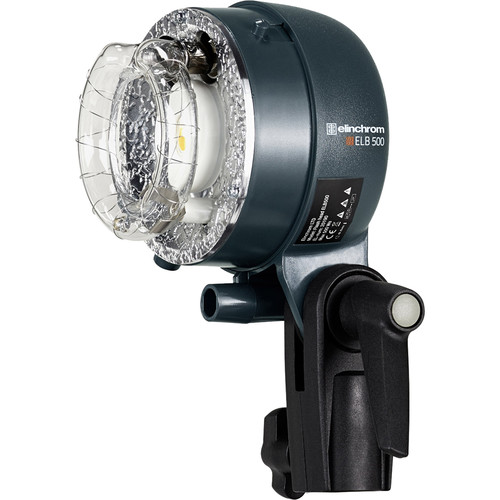 |
As stated previously, each of these three lights are battery powered flashes. This makes them suitable for not only studio photography, but they are also purposely made for location photography, ideal for events such as weddings and parties. Each light is not only able to achieve Manual flash, they are also able to use the TTL Function. TTL stands for Through the Lens, and what this does is it sets off one initial flash and the camera then measures the lighting quality and automatically adjusts the settings on the flash unit for the best possible lighting, then sets off the second main flash. This helps to get you’re the best settings for your shoot as quickly as possible, without the need to stop and pause to consistent adjust the settings on your flash. Another function that comes with each of these lights is High Speed Sync, and each light is capable of achieving High Speed Sync up to 1/8,000s. As well as being flash units, each light comes with a LED Modelling Lamp, which helps to give you a rough guide of how the light will fall onto your subject once you trigger the flash. Other than these few similarities, there isn’t much that these three lights have in common, especially between the PiXAPRO and Elinchrom models.
Differences
Let’s start with the most important part of any flash lighting, the power each flash light produces. As evident by the names of the lights, both the CITI600 TTL and CITI600 PRO offer a maximum power output of 600Ws and the ELB 500 TTL offers a maximum power output of >500Ws, making the PiXAPRO lighting options the more powerful of the three. This point is further helped by the guide number offered by each light. Again, the CITI600 TTL and CITI600 PRO share the same specification here, with a guide number of 87 @ ISO100. This is much brighter than the ELB 500, as this light only has a guide number of 64.7 @ ISO100. This means that the CITI600 TTL and CITI600 PRO, whilst equal, are both more powerful and brighter overall than the ELB 500.

Having the ability to control the power of your flashes is important, as it allows you to better match the lighting to any individual shoot. The ELB 500 TTL allows for 7-Stops power range between 1/1 – 1/64, which is useful, but the CITI600 TTL and CITI600 PRO offer a much wider range of 9-Stops between 1/1 – 1/256, giving you much more control over the light being produced. The CITI600 TTL also allows power range to be adjust in 1/3 Stop increments, but the CITI600 PRO and ELB 500 TTL allows for better control between the power range at 1/10 Stop increments. Overall, this means that the CITI600 PRO offers the best control of the power out of the three lights, giving you more lighting possibilities. As these are battery powered lights, you need to know that you are going to be able to use these lights for an extended period of time on location without the worry of them running out of charge. Each light does offer a lot of use from a full charge, but they do differ. The CITI600 PRO allows for the fewest full powered flashes at approximately 370, which is still an incredibly good and useful amount of flashes and should keep you going through your shoot. The ELB 500 TTL is next with approximately 400 full powered flashes per charge, which is good, but the CITI600 TTL offers the most at approximately 500 full powered flashes per charge, making it the ideal light for long shoots on location.
Making sure that your lighting offers an accurate colour representation, as well as a true vibrance to your subject, helps to make your photography go from good to great. So, you need to be using lights that offer the best colour temperature possible. The ELB 500 TTL offers a colour temperature of 5500K ± 200K, which is good but isn’t as accurate as most photographers would like. The CITI600 TTL and CITI600 PRO both offer a slightly better colour temperature of 5600K, helping to offer a more vibrant and colour accurate lighting. But the CITI600 PRO is the more accurate of the two lights, with only a potential difference of ±75K compared to the CITI600 TTL that offers ±200K, making the CITI600 PRO the better option when it comes to colour temperature. If you want to make sure your shoot keeps going at a constant pace, then your lights need to have a quick recycle time, as this is the time period taken for the camera to reset the flash before another shot can be taken. The ELB 500 TTL has the slowest of recycle times between all three lights at 3.5 seconds, with the CITI600 TTL having a slowest recycle time of 2.5 seconds and the CITI600 PRO at an incredibly quick 0.9 seconds. When it comes to each light quickest recycle time, the ELB 500 TTL again has the slowest at 0.05 seconds compared to the CITI600 TTL and CITI600 PRO which both offer fastest recycle times of 0.01 seconds. So, just like the colour temperature, the CITI600 PRO is the best option when it comes to recycle times.

Having the ability control and adjust your lighting easily and simply is important if you find yourself on a busy shoot, so a light that offers a good selection of channels and groups is a must. Channels are used to properly connect and communicate your camera and trigger to your flash units, so you need to make sure that your trigger and lights are set to the same channel otherwise they will not communicate. You also need to make sure that no interference or other photographer is on the same channel as you, as this will impact your lights communication with your trigger and camera. So, making sure that you have a wide range of channels available is important, and both the CITI600 TTL and CITI600 PRO has this covered as they both offer up to 32 different channels. The ELB 500 TTL offers fewer overall channels, ranging between 20 and 27 depending on which Elinchrom trigger you are using. Groups are used to connect to a specific light or set of lights on your channels, and lets you adjust the settings of these lights to suit what is required from them, so having multiple groups available helps to adjust more lightings individually at a time. The ELB 500 TTL offers 4 groups and the CITI600 TTL and CITI600 PRO offer 3 groups, so each light allows you a lot of freedom and control over the settings of your lights, perfect for larger shoots with more lighting options.
As these are battery powered lights, you need to be able to transport these around easily, so they need to be compact and as lightweight as possible simply to make your location shoots easier to manage. Both the CITI600 TTL and CITI600 PRO share the same dimensions, at 220mm x 245mm x 125mm, which is ideal for transportation to a location photography shoot. The ELB 500 TTL is designed slightly different, as it comes in three different parts compared to one like the CITI600 TTL and CITI600 PRO. The ELB 500 TTL is comprised of 1x Main Unit, 1x Battery and 1x Flash Head. So, whilst the main unit only has dimensions of 163mm x 90mm x 181mm, this doesn’t take into consideration the size of the flash head and battery also. Another thing about the ELB 500 TTL, is that the flash head needs a wire to attach to the main unit, which can become very awkward and could possibly get in the way during a busy shoot. The CITI600 PRO is the heaviest out of the three lighting options, at 3KG, but this is still relatively lightweight and easy to manoeuvre and transport. The CITI600 TTL is slight less heavy at 2.66KG which is an ideal weight for battery powered flash. The ELB500 TTL weighs 2.48KG, but this is only for the main unit and battery, and doesn’t take into consideration the weight of the wiring and the flash head, so this will make it even heavier overall.

The CITI600 TTL and CITI600 PRO also come with some additional incentives and perks compared to the ELB 500 TTL. Both the CITI600 TTL and CITI600 PRO come with a built-in 2.4GHz radio receiver which makes these lights part of the PiXAPRO ONE System. The ONE System is a transmission system that allows all of the PiXAPRO flash lighting units, apart from the RIKO400, to work together and allows you the ability to control all of off these lights with the same PiXAPRO trigger. The CITI600 TTL and CITI600 PRO also come with a 2 Year UK warranty, so if there was to ever be any issues or problems during the initial 2-year period after purchase, you would be able to get into contact with PiXAPRO and they would be able to find the best resolution possible for you. Finally, we need to take a look at possible the most important thing to any potential customer, the price. The CITI600 TTL is the cheapest of the three lights at only £680 which is a fantastic price for all the features and specifications on offer. As the CITI600 PRO is the updated and improved version of the CITI600 PRO, with fastest recycle times, improved modelling lamp and more accurate colour temperature, therefore it cost slightly more at £799, which is still a very good price for a battery powered flash. The ELB 500 TTL is the most expensive out of the three lighting options, costing from £1349, which is nearly double the price of the CITI600 TTL. This huge price difference could cause major issues for potential customers who are having to deal with a tight budget, and need that extra money to purchase any additional equipment or modifiers needed for their shoot.
Conclusion
Battery powered lighting is very important in the world of photography, as more and more photographers are finding new places to explore and photograph, so making sure that your lighting is up to the tasks is a must. Having looked through the specifications and the features of these lights, it seems to be that the PiXAPRO CITI600 PRO is the best option of the three, due to the super-fast recycle times and more accurate colour temperature. But if you find yourself on a tighter budget, the PiXAPRO CITI600 TTL is a wonderful alternative with its 9-Stop power range and incredible 500 full powered flashes per charge.









































